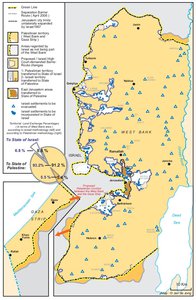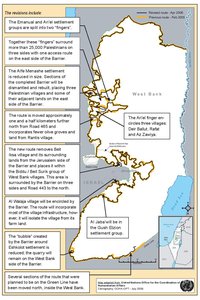THE ROAD MAP, 2003
Map Details
At the Arab League summit in Beirut in March 2002, Saudi Arabia put forward the Arab Peace Initiative which, among other things, promised Israel full recognition and normalization of relations with all 22 Arab states in exchange for an end to the occupation, Israel’s withdrawal to the 1967 borders, the acceptance of the establishment of a sovereign Palestinian State on the occupied Palestinian territories with East Jerusalem as its capital as well as a “just" and "agreed upon” solution to the Palestinian refugee problem. The Sharon government chose not to respond officially to the Arab peace offer and essentially ignored it for years. On 24 June 2002, US President Bush outlined his vision of peace in the Middle East, calling for the creation of “a viable, credible Palestinian state" to live "side by side in peace and security" with Israel.” However, the precise borders and the degree of sovereignty of the Palestinian state were to remain provisional until a final settlement was reached. Moreover, Bush vowed not to support any Palestinian state until the Palestinian people had elected new leaders "not compromised by terror"; had established "new political and economic institutions, based on democracy, market economics and action against terrorism" and had made new security arrangements with their neighbors. While these conditions were criticized by many as undue interference in Palestinian affairs, Palestinian Cabinet Secretary Ahmed Abdel Rahman labeled Bush's speech a "historic change in the American stand", since it marked the first time that a US administration seemed to recognize that "the only solution for this conflict is to end the occupation and to have a state to live in peace beside Israel." In the months following Bush's speech, the US government worked together with its partners in the Middle East Quartet (the EU, UN and Russia) on a proposal to resolve the Israel-Palestinian conflict. This new, internationally oriented US approach to the peace process was widely regarded as both a response to the intense violence and bloodshed between Israelis and Palestinians since the outbreak of the second Intifada in 2000 and "a bid for international support in the run-up to war in Iraq". After various initial delays, the Quartet finally issued its Road Map for Peace in 2003 (in full: “Performance-Based Road Map to a Permanent Two-State Solution to the Israeli-Palestinian Conflict”), setting out guidelines supposed to culminate in a two-state solution within three years. The Road Map marked the first time since the 1947 UN Partition Plan that “the international community succeeded in articulating a single, unified, and comprehensive vision for resolving the Arab-Israeli conflict, which included the creation of an independent Palestinian state” on 22% of historic Palestine. The Road Map, which was based on Bush's June 2002 speech and influenced by the Arab Peace Initiative, set out three phases. The first phase was designed to end Palestinian-Israeli violence, freeze Israeli settlement activity (including natural growth of settlements), dismantle outposts, strengthen and reform the Palestinian government, and ease the harsh conditions created by the Israeli security crackdown since 2001 on the 3.5 million Palestinians in the West Bank and the Gaza Strip. The second phase would lead to the creation of a provisional Palestinian state with temporary borders whereas final negotiations on the permanent borders of a Palestinian state, the refugee issue and the status of Jerusalem would be held in a third and final phase, culminating in international recognition for both states, Palestine and Israel, by 2005. Since the Road Map was not the outcome of negotiations between the parties to the conflict, neither the Israeli government nor the Palestinians were in fact persuaded that it would ever be fully implemented. Uzi Landau, then Likud minister responsible for the secret service and strategic relations with the US, went as far as saying that the Road Map was “a huge prize for terror” and “a map to national disaster.” Israel demanded that Israeli obligations be contingent upon Palestinians meeting all of theirs first and that decisive Palestinian steps against violence as well as a change in Palestinian leadership were preconditions for any political progress. Moreover, it complained that the Road Map did not require the Palestinians to recognize Israel as a ‘Jewish’ state and that it offered insufficient security guarantees. Finally, the Israeli government insisted that the US, rather than the Middle East Quartet, would monitor the parties’ compliance with their obligations and essentially demanded veto power over any decision to advance to the next phase. Most Palestinians considered the Road Map an improvement over Oslo, which had not explicitly mentioned an independent Palestinian state as an objective. The Road Map, however, also reminded them of the gradual, sequential approach of the failed Oslo agreements, leading them to doubt that it would ever get beyond the first phase. By July 2003, the only thing the Israeli and Palestinian officials could agree on was that the Road Map, and some would argue the Middle East Quartet itself, was dead. The Israeli government blamed the Palestinians for failing to rein in the “suicide bombers” and gunmen of Hamas and other extremist groups; according to the Palestinians, Israel was not committed to ending its settlement expansion and continued to create facts on the ground by constructing a separation barrier on Palestinian land, hence actively undermining a viable two-state solution. Moreover, while the Palestinians had accepted the Road Map because it specified obligations for both sides and enjoyed international support, they soon believed that the Road Map - with 14 Israeli reservations attached to it - would be used solely as leverage against the Palestinians, while leading nowhere. As of 2014, the Road Map still serves as a point of reference in negotiations, although it has become increasingly irrelevant.
Related Maps
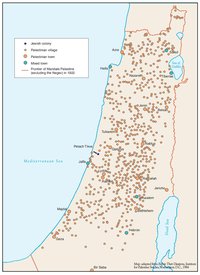
OTTOMAN PALESTINE, 1878
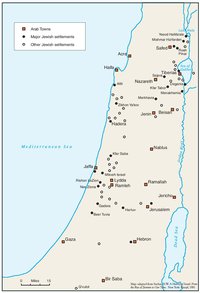
ARAB TOWNS AND JEWISH SETTLEMENTS IN PALESTINE, 1881-1914
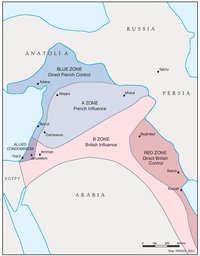
THE SYKES-PICOT AGREEMENT, 1916
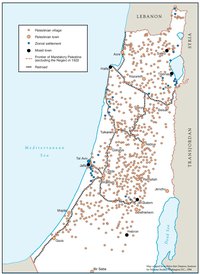
THE BEGINNING OF THE BRITISH MANDATE, 1920
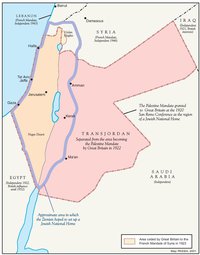
PALESTINE UNDER THE BRITISH MANDATE
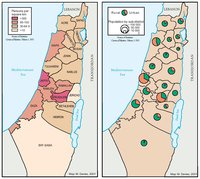
THE DEMOGRAPHY OF PALESTINE, 1931
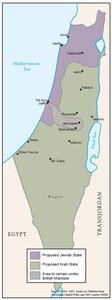
THE PEEL COMMISSION PARTITION PROPOSAL, 1937
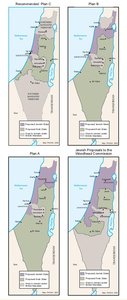
THE WOODHEAD COMMISSION PARTITION PROPOSALS, 1938
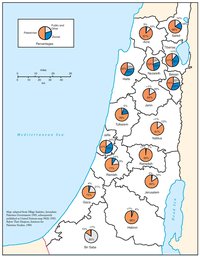
PALESTINIAN AND ZIONIST LANDOWNERSHIP BY SUB-DISTRICT, 1945
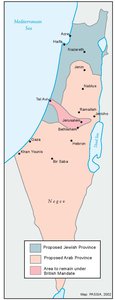
THE MORRISON-GRADY PARTITIONED TRUSTEESHIP PLAN, 1946
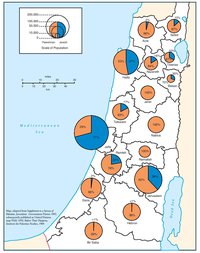
POPULATION OF PALESTINE BY SUB-DISTRICT, 1946
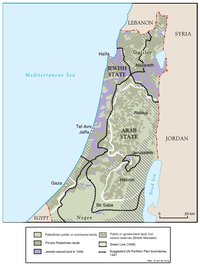
LAND OWNERSHIP IN PALESTINE, 1948
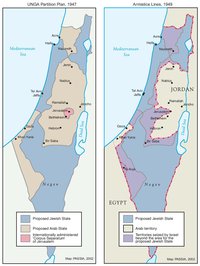
THE UNGA PARTITION PLAN, 1947 – THE 1948 WAR & THE 1949 ARMISTICE LINES
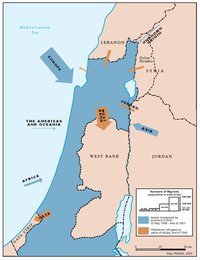
POPULATION MOVEMENTS, 1948-1951
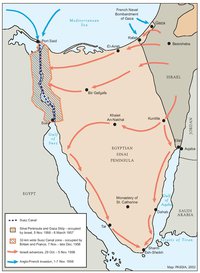
THE SUEZ WAR, 1956
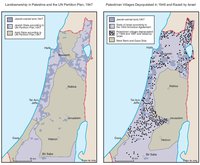
LAND OWNERSHIP IN PALESTINE AND THE UN PARTITION PLAN - PALESTINIAN DEPOPULATED AND DESTROYED VILLAGES, 1948-1949
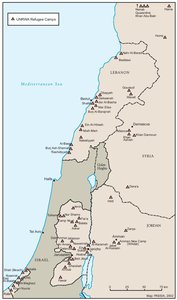
THE PALESTINIAN DIASPORA, 1958
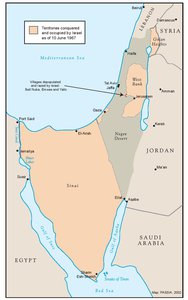
THE NEAR EAST AFTER THE JUNE 1967 WAR
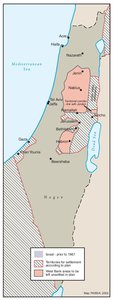
THE ALLON PLAN, JUNE 1967
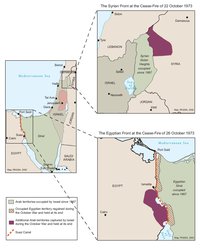
THE OCTOBER WAR, 1973
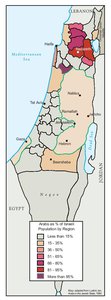
THE PALESTINIANS INSIDE ISRAEL, 1977
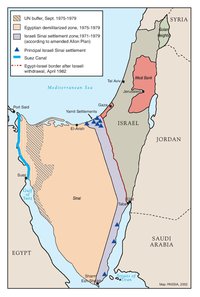
THE CAMP DAVID ACCORDS, 1978-1979
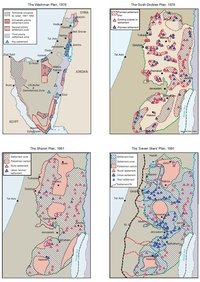
ISRAELI SETTLEMENT MASTER PLANS, 1976-1991
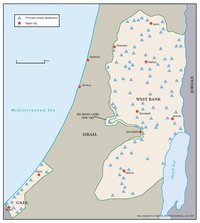
THE 1991 MADRID PEACE CONFERENCE & ISRAELI SETTLEMENTS
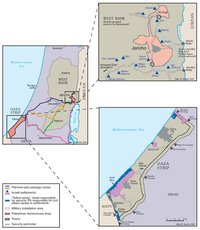
GAZA-JERICHO (OSLO I) AGREEMENT, CAIRO, 4 MAY 1994
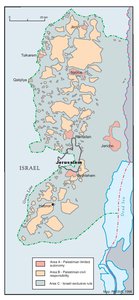
INTERIM (OSLO II) AGREEMENT, TABA, 28 SEPTEMBER 1995
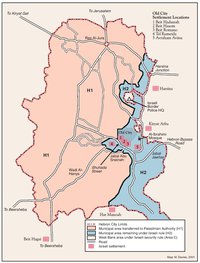
HEBRON PROTOCOL, 15 JANUARY 1997
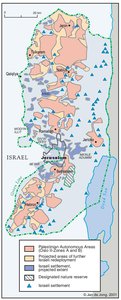
WYE RIVER MEMORANDUM, 23 OCTOBER 1998
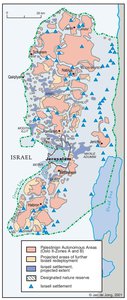
SHARM ESH-SHEIKH AGREEMENT, 4 SEPTEMBER 1999
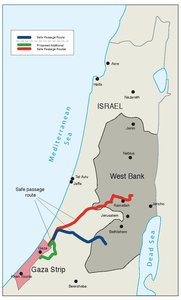
PROTOCOL CONCERNING SAFE PASSAGE BETWEEN THE WEST BANK AND THE GAZA STRIP, 5 OCTOBER 1999
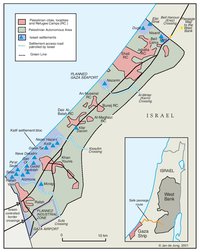
GAZA, 2000
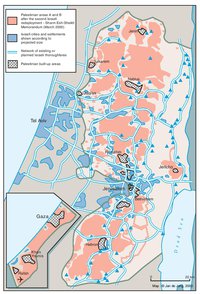
WEST BANK AND GAZA STRIP, MARCH 2000
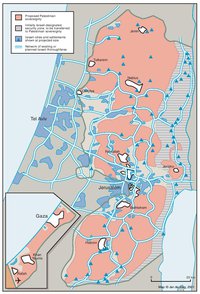
CAMP DAVID PROJECTION, JULY 2000
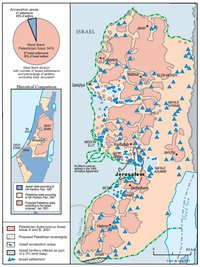
TABA TALKS PROJECTION, JANUARY 2001
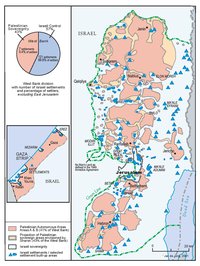
THE SHARON PROPOSAL, SPRING 2001
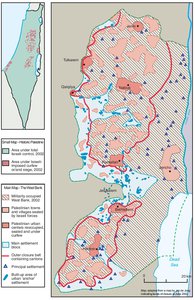
THE REINVASION OF THE PALESTINIAN TERRITORIES, 2001-2002
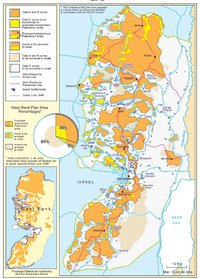
THE GENEVA INITIATIVE AND ACCORD, 2003
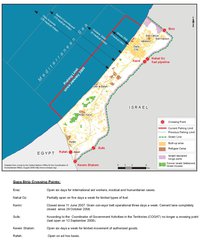
THE ISRAELI DISENGAGEMENT PLAN, 2003-2005
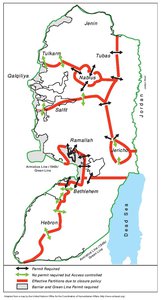
AGREED DOCUMENTS ON MOVEMENT AND ACCESS FROM AND TO GAZA, 2005
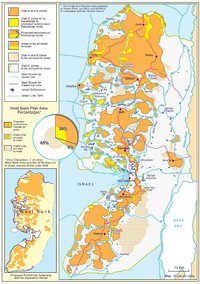
THE SETTLERS' PLAN FOR PALESTINIAN AUTONOMY, 2006
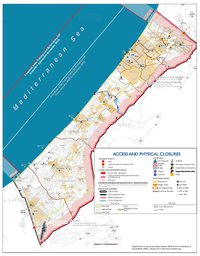
THE GAZA STRIP TODAY (2014)
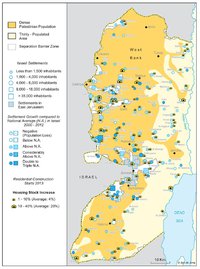
THE WEST BANK TODAY (2014)
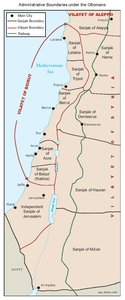
ADMINISTRATIVE BOUNDARIES

HEBRON
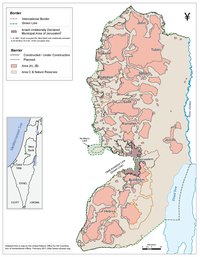
Area C
